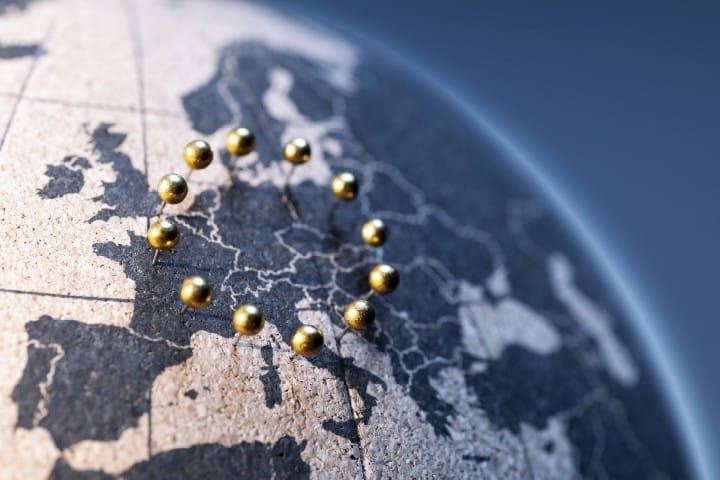
Negotiators in Brussels worked well into the night on Tuesday in order to codify a new carbon-dioxide emissions tariff on imported goods that climate alarmists contend are heating the planet. Among the goods set to be targeted for the new “carbon tax” are iron, steel, cement, fertilizers, aluminum, and electricity.
Dubbed the Carbon Border Adjustment Mechanism (CBAM), the new taxation mechanism was hailed as “the first of its kind” by the European Parliament. The EU is seeking to make the “polluter pay” for emissions they create when making their products for European consumption.
The CBAM will be extended to include “hydrogen, indirect emissions under certain conditions, certain precursors as well as to some downstream products such as screws and bolts and similar articles of iron or steel.”
Implementation of the new rules will begin in October of 2023, with a transition period expected to run until 2027. Eventually, the goal is to include all imported goods in the taxation scheme by 2030.
Companies who wish to sell products to the EU will need to purchase “CBAM Certificates,” which will be used make up the difference “between the carbon price paid in the country of production and the price of carbon allowances in the EU ETS [Emissions Trading System].”
“CBAM will be a crucial pillar of European climate policies,” said Mohammed Chahim, a member of European Parliament from the Netherlands and one of the negotiators of the deal.
“It is one of the only mechanisms we have to incentivise our trading partners to decarbonise their manufacturing industry,” Chahim said. “On top of this, it is an alternative to our current carbon leakage measures, which will allow us to apply the polluter pays principle to our own industry. A win-win situation.”
In their statement announcing the new measure, the European Parliament freely admitted that the new tax is an attempt to foist their own climate-alarmist policies on nations and industries that provide Europe with products.
“The law will incentivise non-EU countries to increase their climate ambition. Only countries with the same climate ambition as the EU will be able to export to the EU without buying CBAM certificates. The new rules will therefore ensure that EU and global climate efforts are not undermined by production being relocated from the EU to countries with less ambitious policies,” the statement read.
The CBAM is part of an attempt to comply with the EU’s “Fit for 55 in 2030” directive, which seeks to “make the EU’s climate, energy, land use, transport and taxation policies fit for reducing net greenhouse gas emissions by at least 55% by 2030, compared to 1990 levels.”
The new agreement “is designed to be in full compliance with World Trade Organisation (WTO) rules.”
“This mechanism promotes the import of goods by non-EU businesses into the EU which fulfill the high climate standards applicable in the twenty-seven EU member states,” said the Czech Republic’s minister of industry and trade, Jozef Sikela.
“This will ensure a balanced treatment of such imports and is designed to encourage our partners in the world to join the EU’s climate efforts,” Sikela stressed.
Meanwhile, in the United States, some politicians are proposing a similar levy on incoming metal products in an attempt to address “dirty” metals made by China and other nations that may not share the EU and United States’ zeal for addressing climate change.
According to Reuters, the United States and EU may be looking to create a “global arrangement” — a club of sorts — where entities that don’t meet agreed-upon emissions standards can expect to be paid far less for goods produced with higher emissions.
“There would be an advantage of being in the club, as it would provide a lower level of carbon tariffs, while countries outside the club would pay higher tariffs,” Reuters quoted a source.
Apparently, the new “club” is only in the planning stages.
“This is all very conceptual and there’s a lot of work ahead on this. The details are going to be very important,” Reuters’ source said.
Many nations — particularly China — are unhappy with the new “climate” tariffs and are likely to protest implementation.
It all seems like a lot of trouble to go through to address a “problem” that may not truly exist. It’s almost as if fixing the climate wasn’t truly the end goal.




